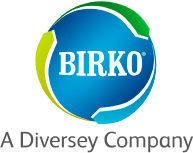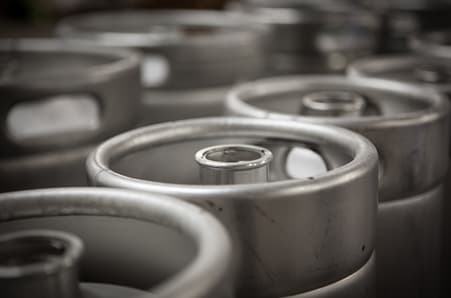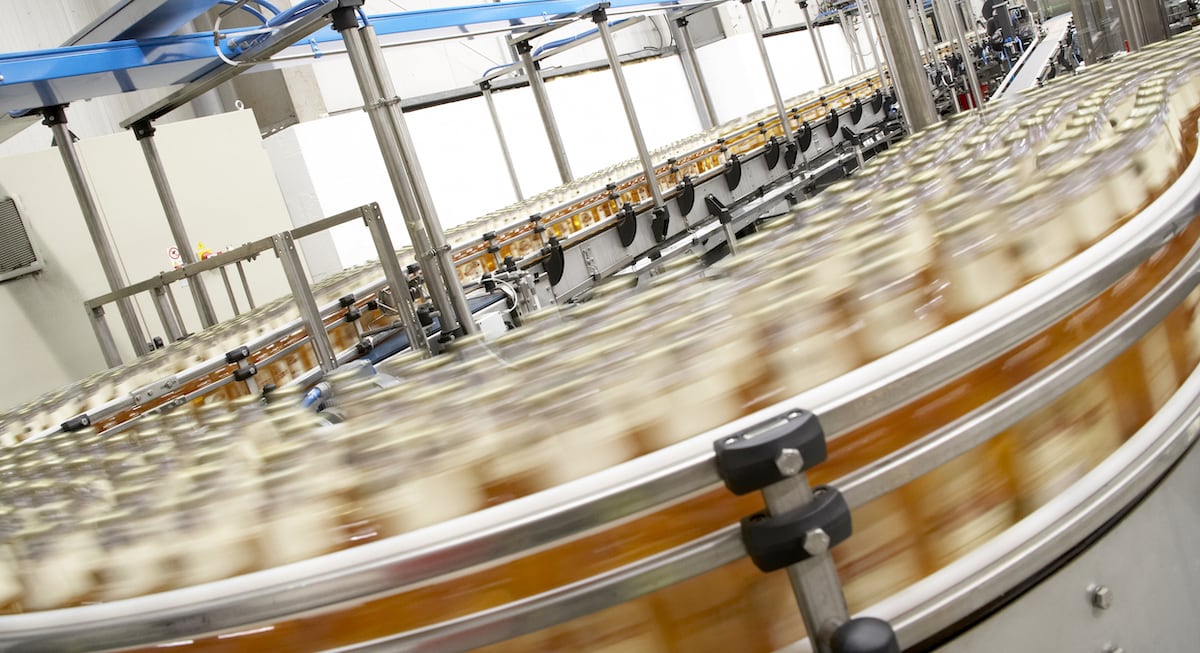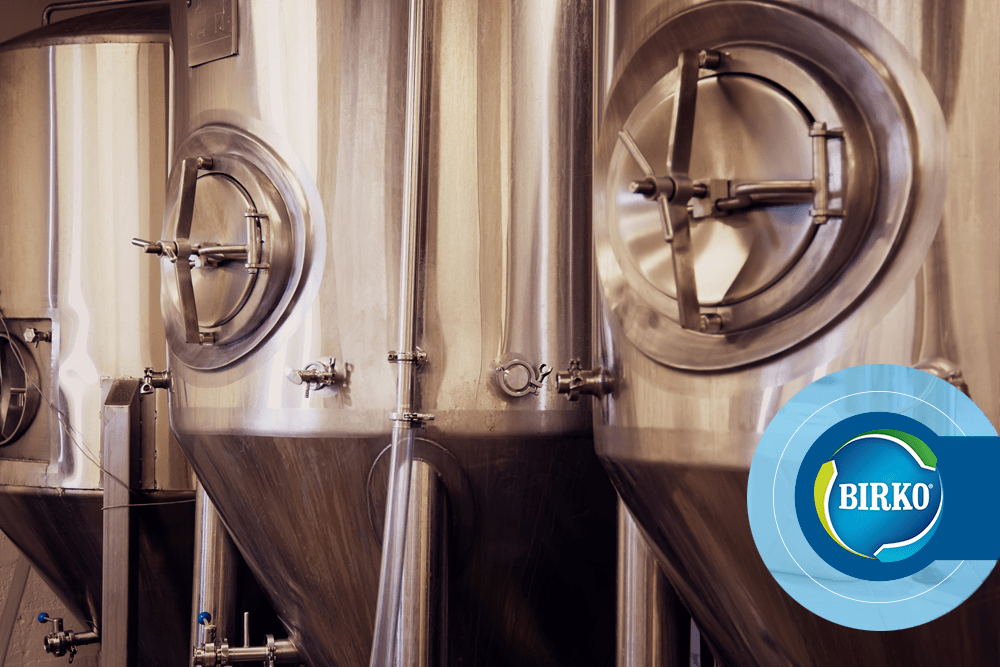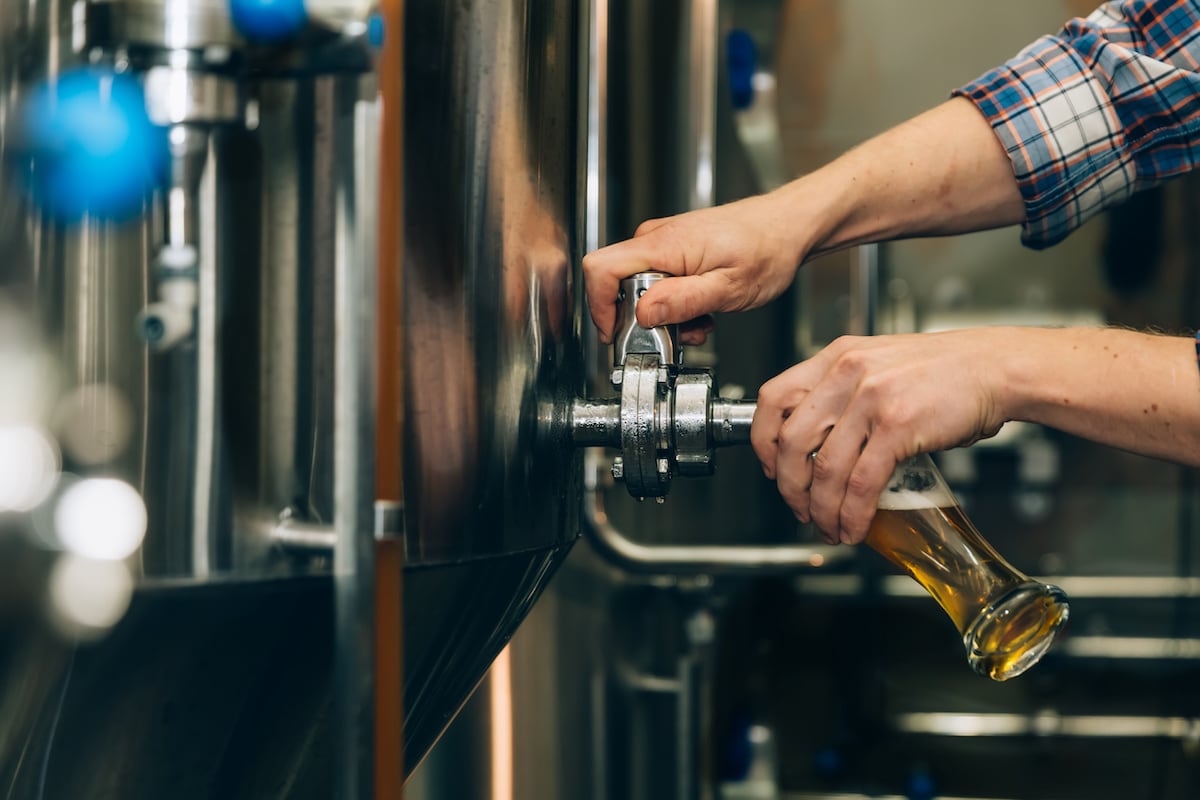Birko offers two similar sounding non-foaming acid CIP products for the brewery: Acid Brite #2 (phosphoric/nitric acid blend) and Ultra Niter (nitric/phosphoric acid blend). Here are three questions I often receive about these two products:
- What is the difference between Acid Brite #2 and Ultra Niter?
- Which one should I use?
- Do I need to use both or can I use just one?
What is the difference between Acid Brite #2 and Ultra Niter?
Acid Brite #2 is a phosphoric/nitric acid blend, which means it contains more phosphoric acid than nitric acid. This type of acid has been widely used in the brewing and dairy industry for decades, and is very good are removing light beerstone (calcium oxalate) deposits and for the acid rinse step in the traditional caustic followed by acid cleaning to neutralize the caustic before sanitizing. Ultra Niter, one the other hand, is a nitric/phosphoric acid blend, which means it contains more nitric than phosphoric acid. This product is more effective on beerstone deposits, and has demonstrated great effectiveness in keg cleaning and brite tank cleaning under pressure to conserve C02 and save time compared to removing all of the C02 and cleaning with caustic.
Which one should I use?
Acid Brite #2 is better for hot side cleaning, which includes the brewhouse and fermentation vessel. The extra phosphoric works very well in Birko’s acid first followed by noncaustic alkaline cleaning approach. On the cold side, Ultra Niter is the better acid to use to remove beerstone, keg cleaning, and brite tank cleaning. Water conditions at your brewery will dictate which one is best for you. Generally speaking, the harder the water, the more nitric acid is needed to help remove and prevent beerstone deposits.
Do I need to use both or can I use just one?
Many breweries find that one of the acids works better for them and they use it for all of the acid cleaning in the brewery. The suggested temperature range for both is the same – 120-140ºF. Regardless of which acid is used, do not exceed 140ºF (60ºC) to keep the nitric acid in solution. With either acid, keep the pH of the solution below pH 2. Using the Birko acid followed by noncaustic cleaner method of cleaning and passivation works well.
Confused? Don’t be, give us a call and we can help you pick the best one for you.
 Dana Johnson, Technical Director, Craft Brewing, Birko, can be reached at [email protected] or (303) 289-1090.
Dana Johnson, Technical Director, Craft Brewing, Birko, can be reached at [email protected] or (303) 289-1090.

